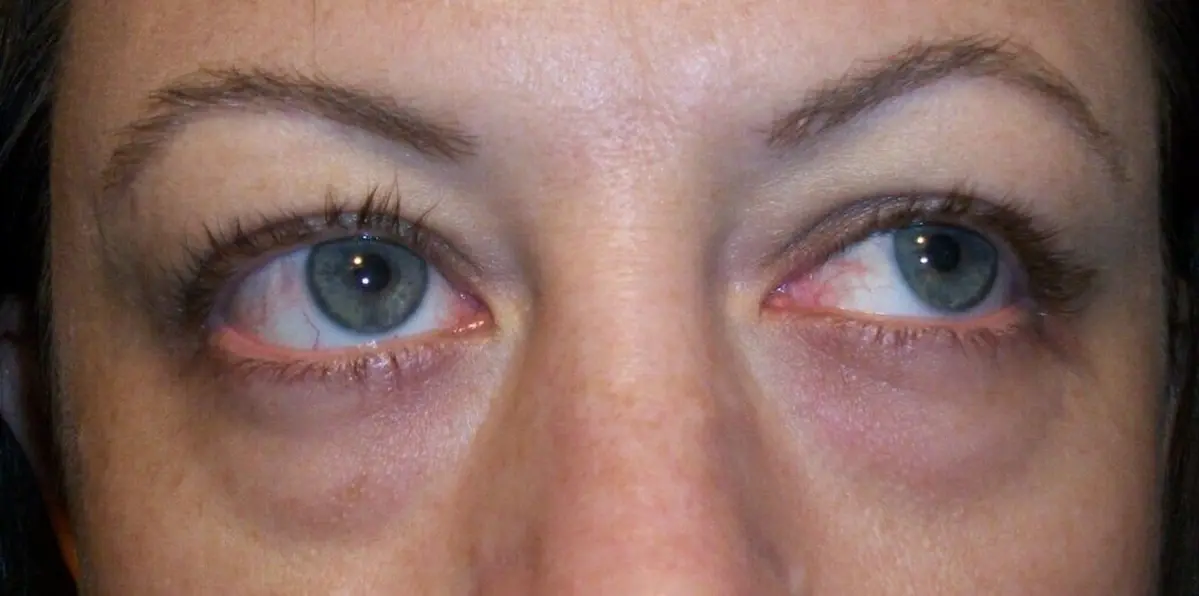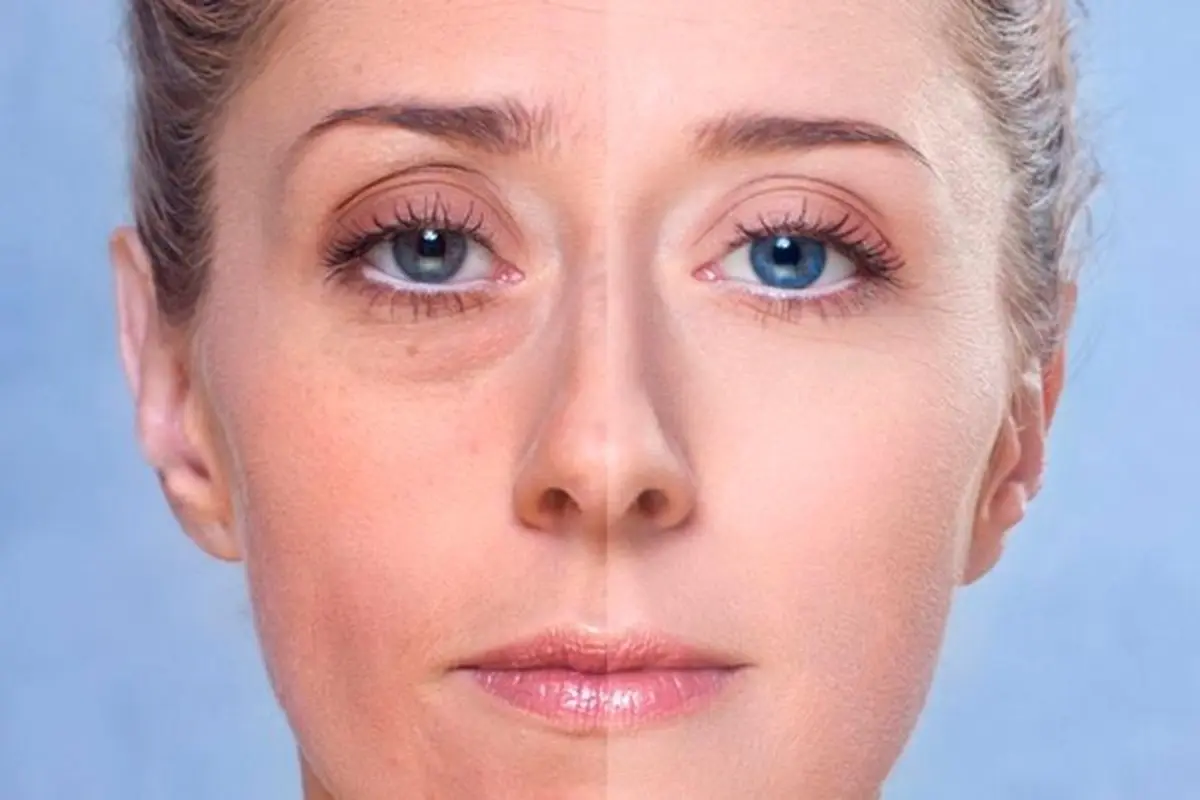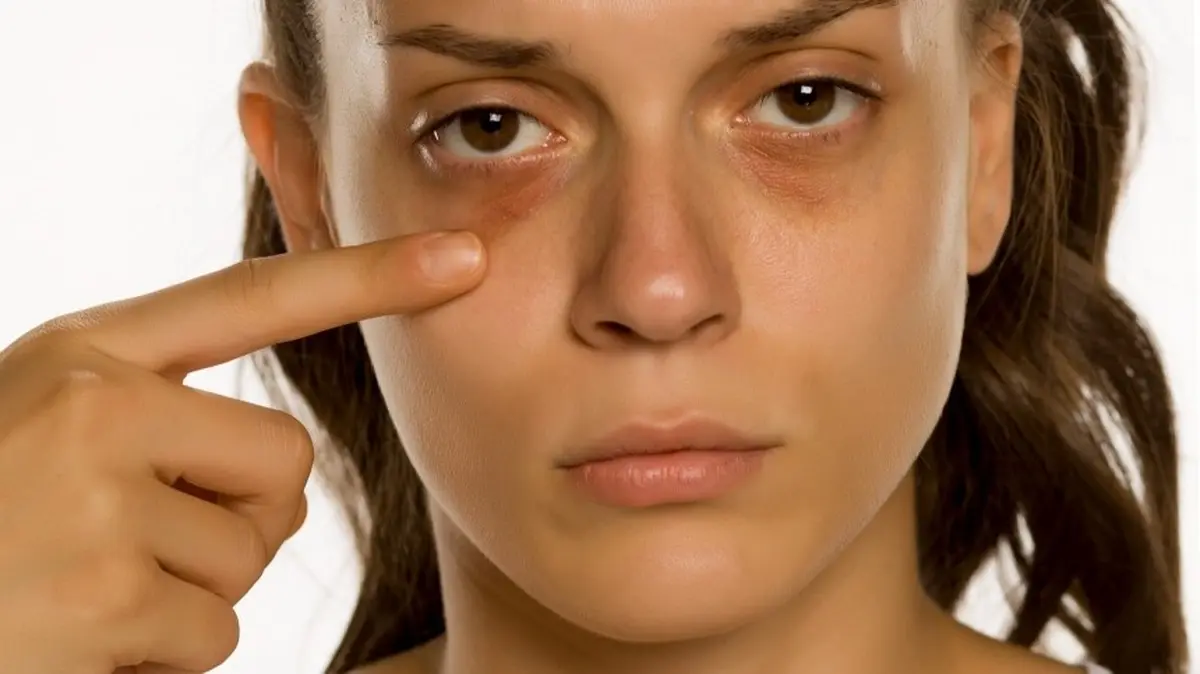 , fatigue, and chronic illnesses are the primary culprits behind dark circles and . However, there are many other factors that contribute to these unsightly features.
, fatigue, and chronic illnesses are the primary culprits behind dark circles and . However, there are many other factors that contribute to these unsightly features.
Tanuj Nakra, a plastic surgeon at the Dell Medical School at the University of Texas in Austin, explains: “Dark circles under the eyes can indicate psychological issues, emotions, or physical conditions such as , nausea, drowsiness, and even serious diseases like cancer or liver disorders.”
However, this isn’t always the case. Young, healthy individuals who get enough sleep can also experience dark circles. To understand the cause, one must examine the subcutaneous layer of the face, as well as the bone and muscle structure. At the lower edge of the eye socket lies a circular muscle that supports the skin under the eyes. According to Nakra, in some individuals, this muscle is denser from birth and is more visible beneath the skin, creating the appearance of dark circles. They can also be a result of thin and pale skin around the eyes, as reported by Popular Science.

The Consequences of Poor Sleep
Pale skin and the circular muscle of the eye, which contribute to the formation of dark circles, are inherited from our parents. However, these inherited dark circles are often unfairly attributed to poor health or lack of sleep, notes Nakra.
When we consume very salty foods or don’t get enough sleep, our faces tend to swell. Beneath the face lies a network of blood vessels and arteries that deliver vital oxygen to the tissues. “These arteries are generally somewhat permeable, and fluid seeps into the tissues. This swelling leads to the formation of bags and accentuates the dark color of the skin under the eyes,” the expert explains.
is not the only factor that causes bags. Between the skin and the ligaments lies a layer of fat. Chronic undernourishment leads to the loss of this layer, making the ligaments and dark circles more noticeable.
A natural cause such as aging can lead to thinning, reduced fat, and loss of elasticity in the facial skin. As a result, both dark circles and bags under the eyes become more pronounced.

Dark circles can also be a sign of hyperpigmentation, where certain areas of the skin are darker than others. Cells called melanocytes determine our skin’s natural color by producing the pigment melanin.
“Hyperpigmentation under the eyes can occur due to inflammation around the eyes, sun exposure, or irritation,” says Nakra. This means that individuals with darker skin are more likely to develop dark circles under the eyes related to melanin.
Conditions such as chronic venous insufficiency, where damaged veins hinder blood flow back to the heart, can lead to weakened circulation and the seepage of hemosiderin (an iron-containing pigment) into the area under the eyes.
How to Combat This?
Nakra believes that when bags under the eyes or dark circles are symptoms of a disease, they should be seen as signals for further treatment.
Lifestyle changes often help reduce swelling. Using eye creams that contain can also be beneficial. Caffeine reduces blood flow to the skin and helps eliminate swelling.
If dark circles are due to facial structure, combating them can be more challenging. Thin skin can be concealed with concealer. Creams containing chemical compounds that prevent light from passing through the skin around the eyes may also help reduce the purple tint of the underlying muscles.
